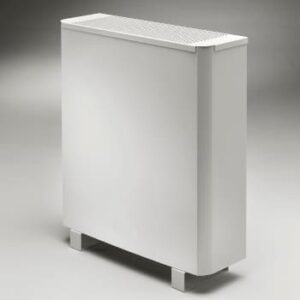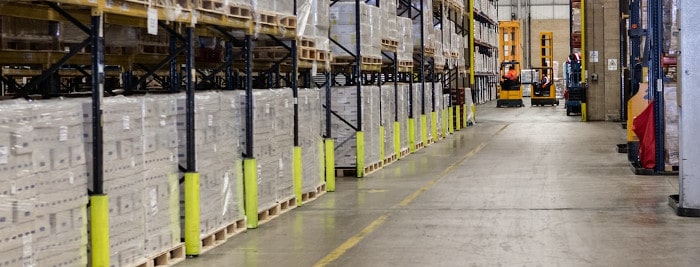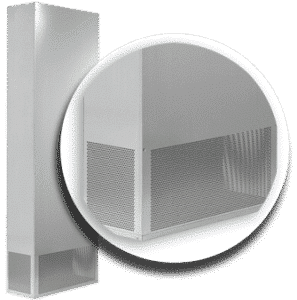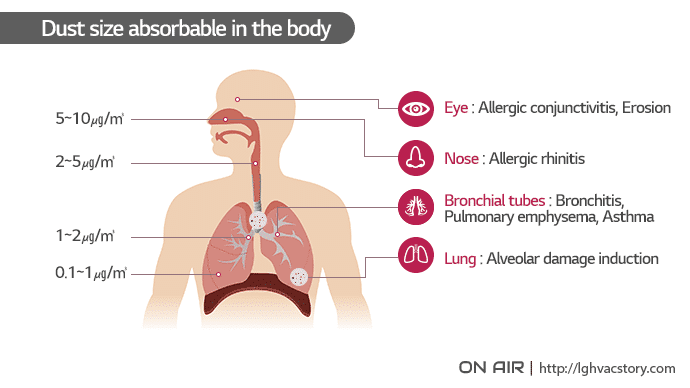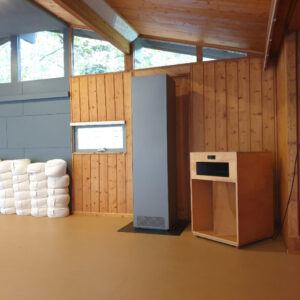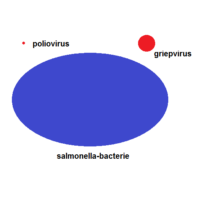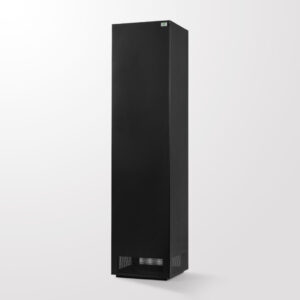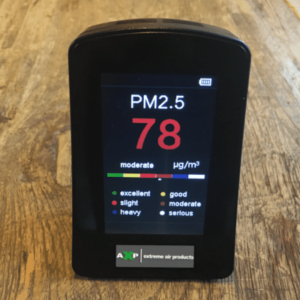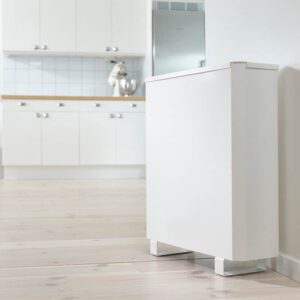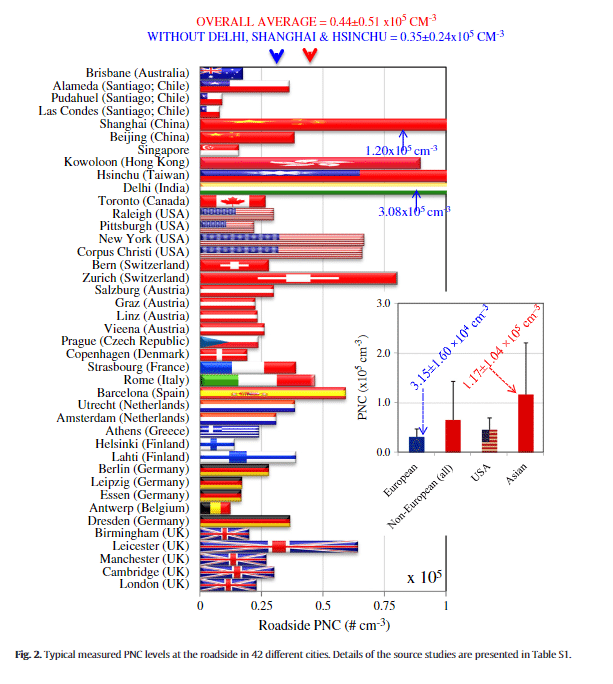We care about clean air
solutions for indoor air quality
Quick to: advice and product
Remove wood stove fine dust from the air with an air purifier
Wood stoves and fireplaces provide a lot of fun in the cold months. And if we effectively capture the harmful fine dust with an air purifier, we also keep it healthy. Nothing beats a night on the couch with a warm crackling fire in the background. With an air purifier against wood stove fine dust in the house, healthy indoor air is guaranteed and you can breathe safely.
What does a wood stove air purifier do?
Good air purifiers are specialised in extracting and removing fine dust from wood smoke in the air. The condition is that they must have a HEPA filter. This filter is able to remove the smallest particles in the air, including fine dust from wood smoke, with an effectiveness of 99.99%.
How harmful is fine dust?
Smoke from wood combustion releases harmful substances, including wood stove fine dust. This is a collection of large and small dust particles, with the smallest particles being the most harmful. And now, fine dust from wood stoves consists mainly of the smallest particles: ultra-fine particles (smaller than PM1).
Long-term exposure to pollution from wood stoves is harmful to health. There are some potential complaints due to pollution:
- Stress
- Nausea
- Irritation of eyes and throat
- Respiratory complaints
- Heart and vascular disease
A wood stove pollutes more than six trucks
British research shows that a wood stove produces six times (!) as much fine dust as a truck. Researcher Dr. Gary Fuller states that “smoke is an invisible killer. And because smoke from wood stoves is barely visible, hardly anyone complains about it. ” (source) In our opinion this is a good indication of how polluting wood stoves are and how great the need is to protect yourself from air pollution.
You don’t even need to have a wood stove to be exposed to wood smoke. For example, your neighbours may start heating. Fine dust then easily penetrates, even when you close all your windows and doors.
Do you want to measure the fine dust emissions from your wood stove in your home? That’s possible with a/our fine dust meter.
Wood stove fine dust filter
When you place a wood stove fine dust filter in your flue, it’s only intended to keep the outside air free of fine dust. However, you also have to think about your indoor air. A fine dust filter does not protect your indoor air against harmful particles, a wood stove air purifier does.
The best wood stove air purifier
The EA30 is an excellent wood stove air purifier for living rooms. They are able to combat and remove wood stove fine dust. The highly effective Active-Ion-HEPA filter removes all pollution from the air, so you can breathe again without having to worry. The EA30 further excels in its quiet operation, energy efficiency and reliability. In short: the EA30 is the best choice for tackling fine dust problems at home.
Read more about the EA30 air purifier

Do you need advice or more information?
Make sure to take a look at our product page with air purifiers or read more about the air purifier in our extensive advice. Do you have any further questions or would you like some free advice? Call +31 20 6464028 or go directly to our range of air purifiers:

